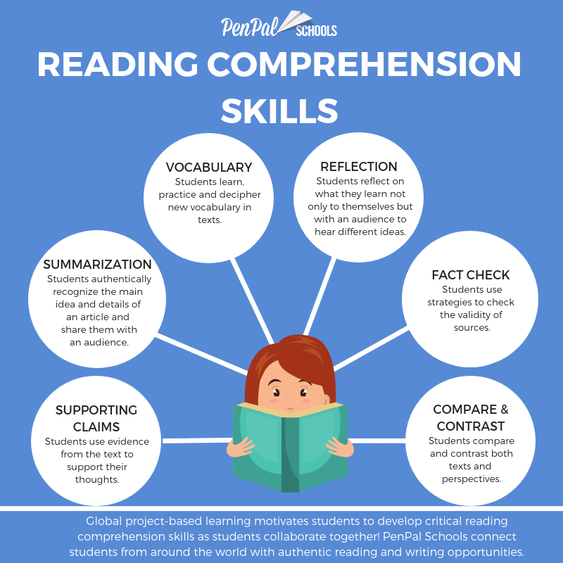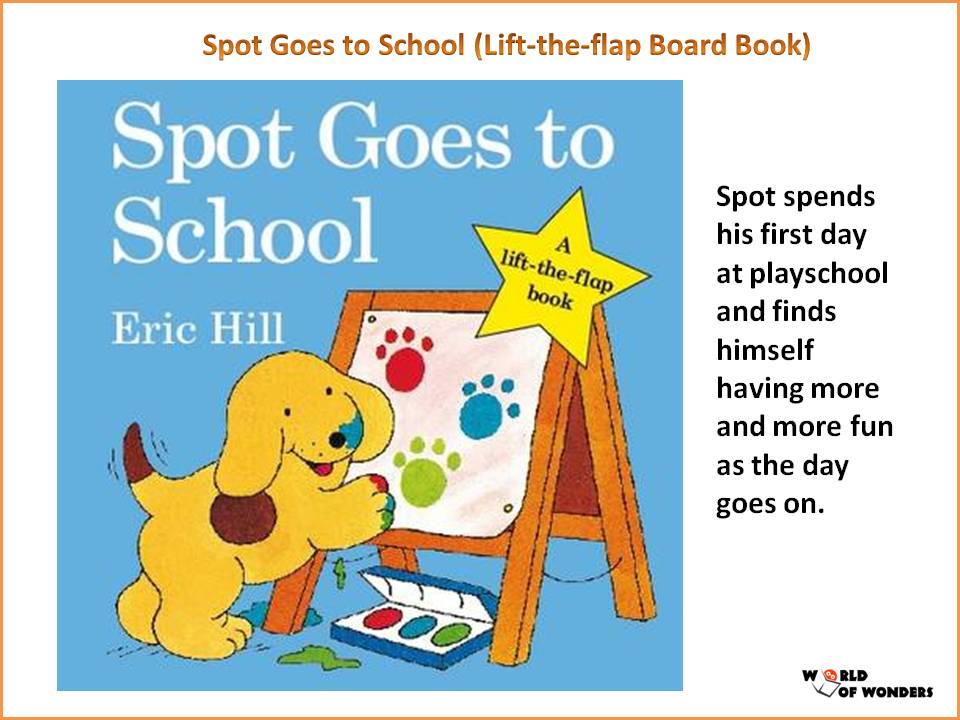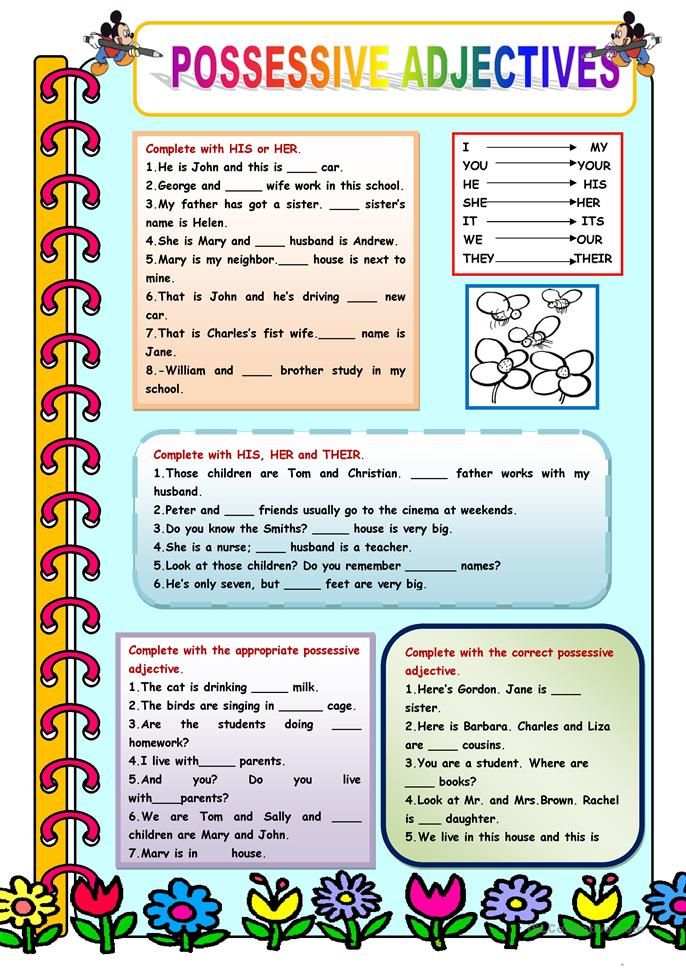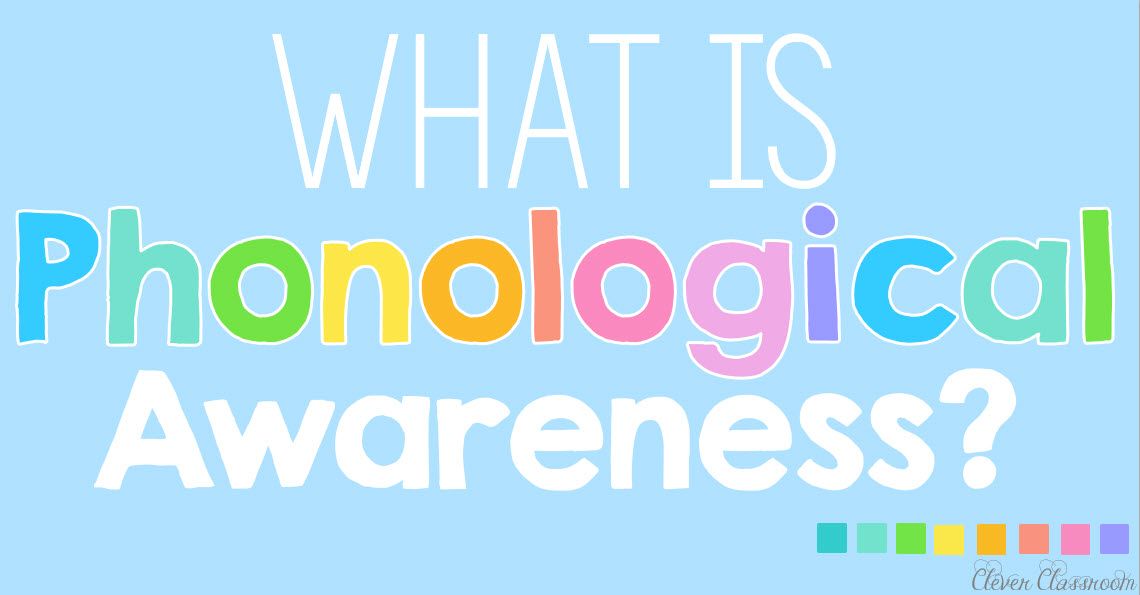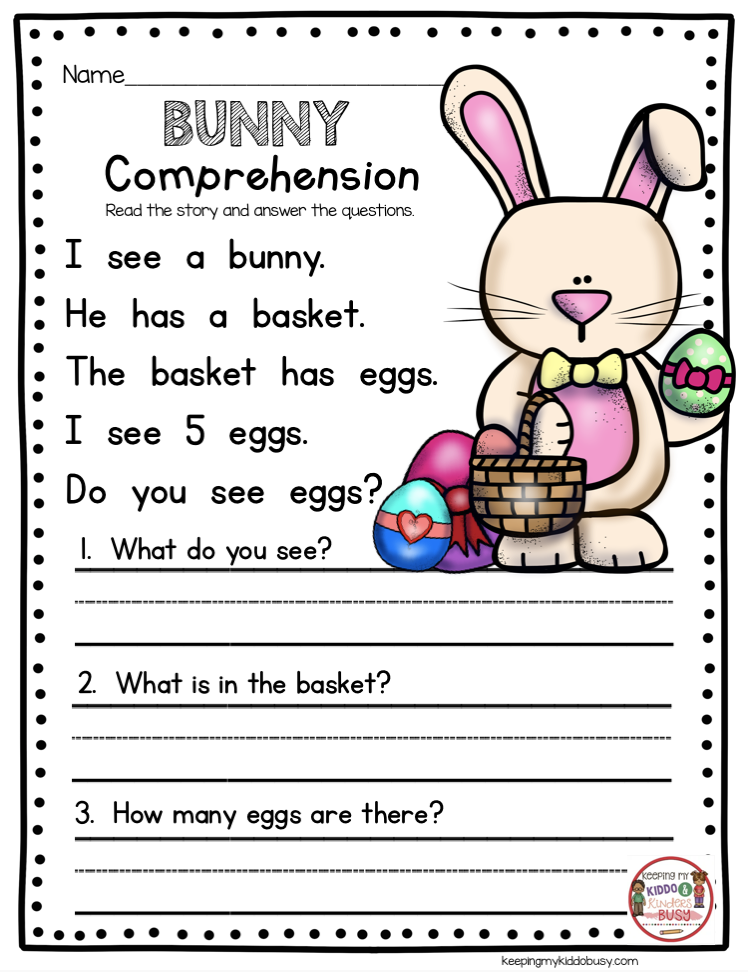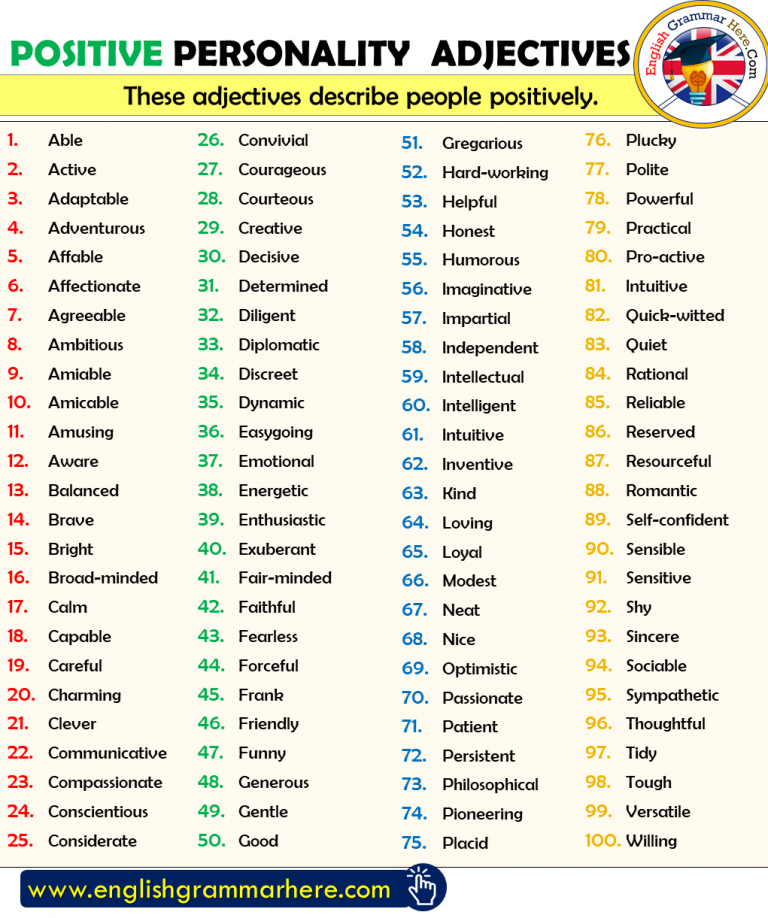Reading skills stories
Short Stories for Reading Comprehension Archives
Introduction Is there such a thing as the angel of death? How does he collect souls? If it is someone’s time to die, what choice do they have? Last Orders Rich rang the bell with a sharp tug. “That’ll be it, gentlemen,” he called out to the last stragglers in the bar. “Last orders.” It …
Last Orders — a short story for English reading and listening Read More »
Introduction Can a house be haunted by a ghost? Do you know of any haunted houses? Would you live in a haunted house? The House We all laughed when the landlady told us the story of the ghost. “I expect you’ve all heard about this house,” she said. “And the ghost that occupies it.” And …
The House — a short story for English reading and speaking Read More »
Introduction Is it possible for someone to steal a person’s kidney? If so, why would they steal it? And could the victim survive with only one kidney? Kidney Theft The first sensation I had was of being cold. Not just a little cold, but really cold. Which was strange because the outside temperature yesterday was …
Kidney Theft — a short story for English reading and speaking Read More »
Introduction Have you ever dialled the wrong number? What usually happens if we dial a wrong number? What if you dialled the wrong number — and you found you know this person? What if that other person was you? Wrong Number I thumbed through the channels absent-mindedly, my eyes half-closed. The usual rubbish on the …
Wrong Number — a short story for English reading and speaking Read More »
Introduction Can people turn into animals at will? Are there any folk tales or urban myths of people turning into animals in your country? Would you like to turn into any animal at will? What animal would you be? Cat Woman James thrust his hands deeper into his coat pockets and wrapped himself in the …
Cat Woman — a short story for English reading and speaking Read More »
Introduction What is a ghost train? Have you ever been on a completely empty train? Have you ever had any strange experience on a train? Is it possible for a large group of people to just disappear? Empty Train Georgina got on the train at Bradford.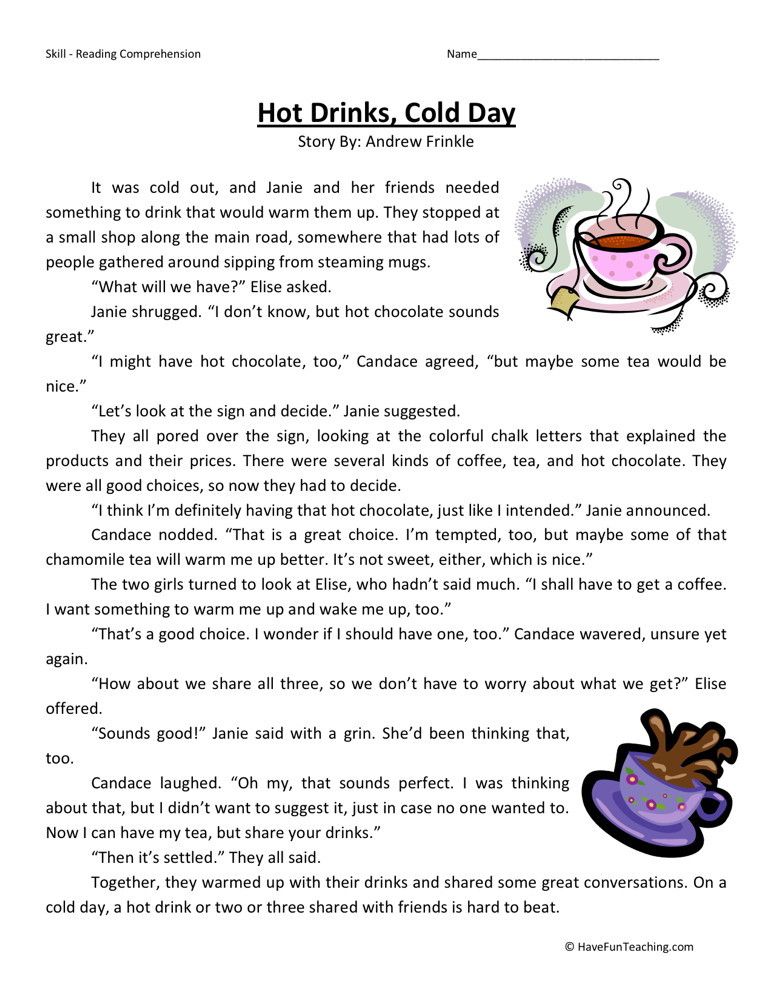 As the train left the sleepy little town, she …
As the train left the sleepy little town, she …
Empty Train — a short story for English reading and speaking Read More »
Introduction What is a flying machine? Would you like to build your own flying machine? If you could, where would you fly to? The Flying Machine Jamie flinched as the screwdriver slipped and dug into his hand. He cursed quietly to himself. “I told you.” He resisted the temptation to turn and look over his …
The Flying Machine — a short story for English reading and speaking Read More »
Introduction Is there such a thing as time travel? Can people suddenly move from one time to another? Would you like to do this? Where Have You Been? “Where have you been?” Sam looked at his wife, Claire, and shook his head. “The shop.” He held up the pint of milk as if to provide …
Where Have You Been? — a short story for English reading and speaking Read More »
Introduction How do you report a missing dog in your country? What happens to missing dogs, do you think? Are there many street dogs in your hometown? How do they survive? Lost Dog Look lady, plenty of dogs go missing.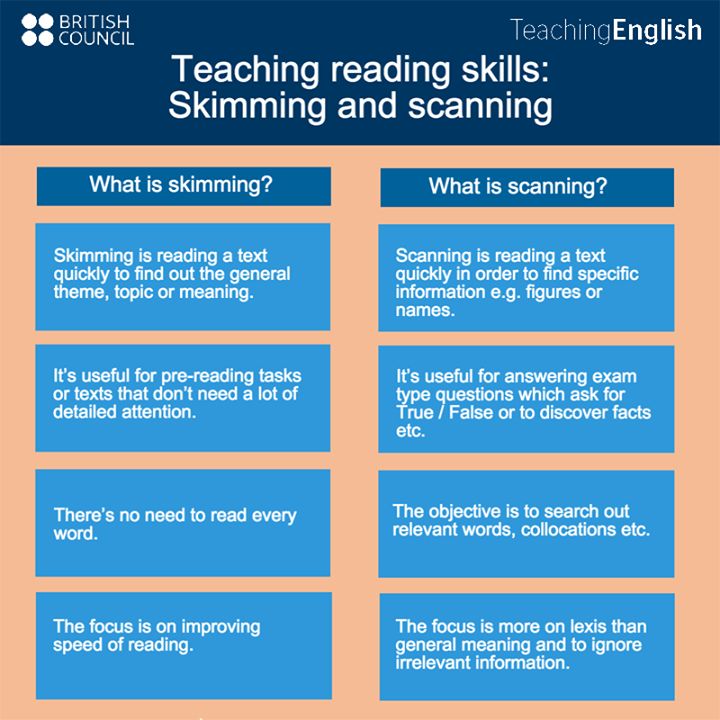 The police sergeant expressed no sympathy for Maureen’s story. Missing dogs was the last thing …
The police sergeant expressed no sympathy for Maureen’s story. Missing dogs was the last thing …
Lost Dog — a short story for English reading and speaking Read More »
Peter is in the basement despite his mother telling him not to play down there. He sees a door. Then encourages his little sister to come down and help him open it. Then they see her. This is a terrifying short story you can use in your English class today. Download the full lesson plan …
The Door — a short story for English reading and speaking Read More »
report this adCategories
report this adStory Sequence | Classroom Strategies
Sequencing refers to the identification of the components of a story — the beginning, middle, and end — and also to the ability to retell the events within a given text in the order in which they occurred. The ability to sequence events in a text is a key comprehension strategy, especially for narrative texts. Sequencing is also an important component of problem-solving across subjects.
| When to use: | Before reading | During reading | After reading |
| How to use: | Individually | With small groups | Whole class setting |
What is story sequence?
Story sequence is the order in which events take place in a narrative. In simplest terms, sequencing a story means identifying the main narrative components — the beginning, middle, and end—as a first step towards retelling the events of the story in logical order. Story sequencing is also a precursor for more sophisticated ways of understanding narrative text structure, such as determining cause and effect, which students will need to access more complex text.
Why teach story sequence?
- The ability to sequence events in a text is a key comprehension strategy, especially for narrative texts.
- It enables retelling, which in turn enables summarizing.
- It promotes self-monitoring and rereading.

- The ability to place events or steps in logical order is invaluable across the curriculum, whether it’s identifying the steps for solving a math problem or the series of events that led to a turning point in history.
How to teach story sequence
Story sequencing is often introduced and practiced in the context of a whole-class read-aloud. You might choose to teach a standalone sequencing lesson or to include sequencing as part of a longer lesson leading to oral or written retelling of the story.
Read-aloud texts that work well for introducing story sequencing have straightforward narrative arcs and clear sequences of events. Sequencing can also help students make sense of more complex narrative structures, such as stories that are written out of chronological order or that include parallel accounts of the same events from more than one point of view.
There are many ways to structure a sequencing lesson, from creating an anchor chart with student input to having the students participate actively by “holding the pen” or coming to the front of the class to reorder movable pictures or sentence strips.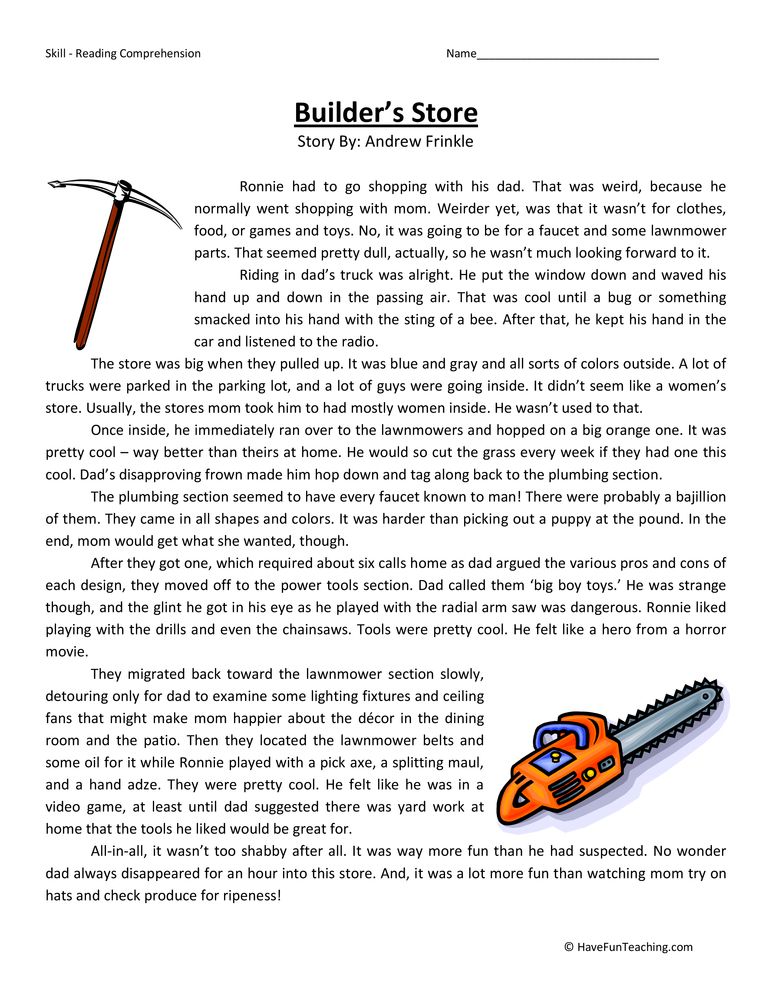
Watch a demonstration: Greedy Cat: retelling a story sequence (grades K-1)
The teacher explains that asking students to retell stories both orally and in writing helps them structure their retells with a beginning, middle, and an end. The teacher works with students who have difficulty writing independently by having them sound out the words and at times, writes them in for students as needed. Find more teacher tips for this activity here.
Watch a classroom lesson: sequencing with How the Grinch Stole Christmas (grade 2, whole-class)
The teacher reviews sequencing with the class and guides the students through identifying the beginning, middle, and end of a whole-class read-aloud while creating an anchor chart. The lesson uses pair conversations to build student engagement and accountability.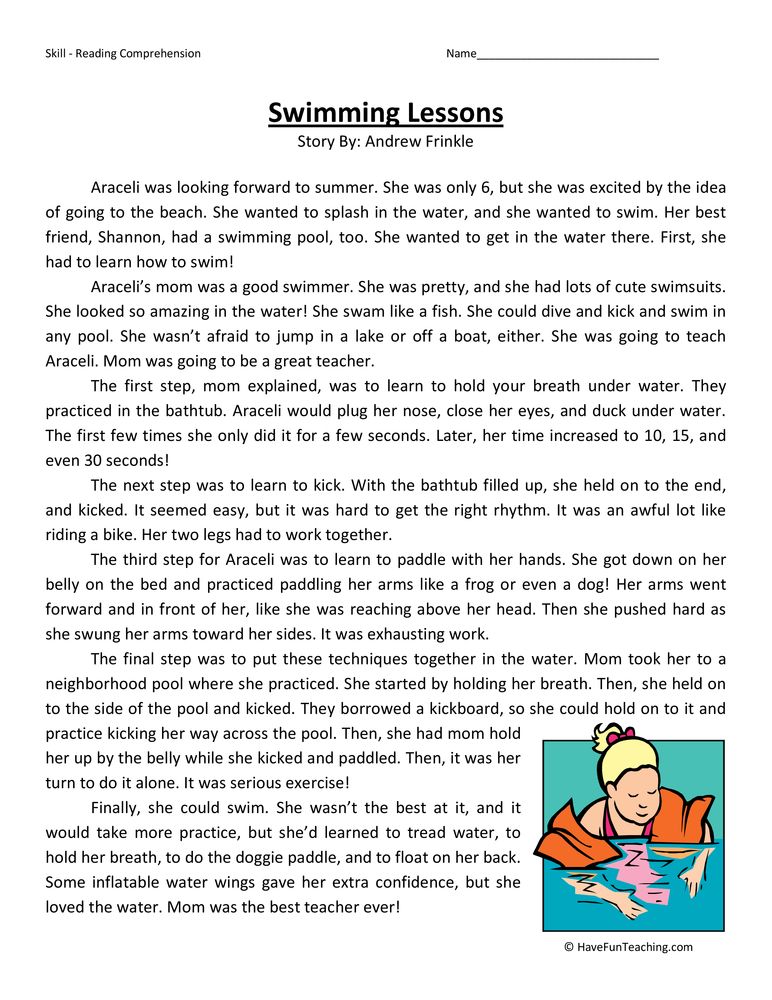
Watch a classroom lesson: sequencing with The Snowy Day (grades K-1, independent work)
Starting with a read-aloud, the teacher introduces the students to a sequencing activity they will be doing independently in which they fill in previously introduced sequencing words and match pictures representing events in the story to the sequencing words. (Watch from 8:09)
Collect resources
Story maps provide one way to help students organize the events from a story. Consider downloading story map template 1 or story map template 2.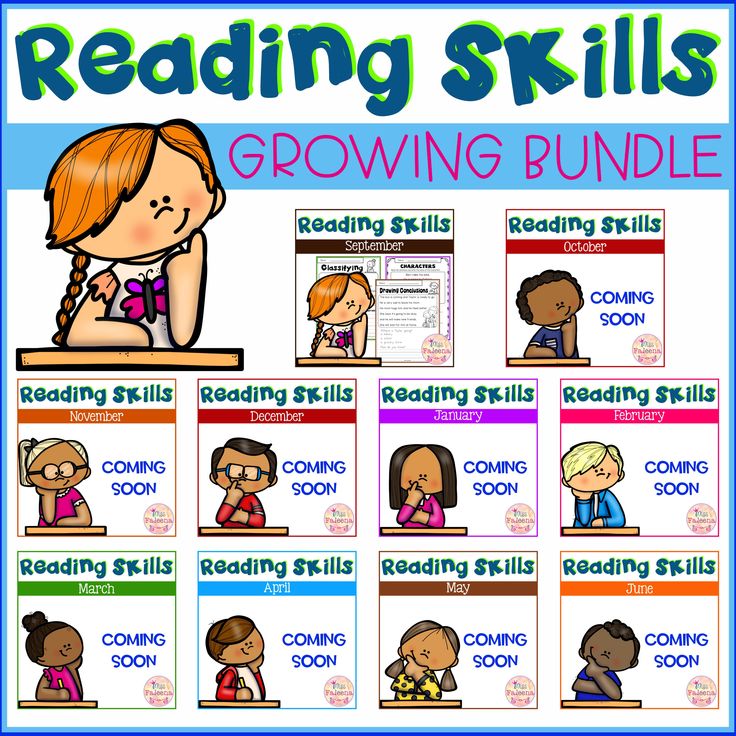
Transition or signal words that indicate a sequence (first, second, last) can help structure a sequencing lesson. Consider downloading Story map template 1 or Story map template 2.
Sequence sticks, story chains, story retelling ropes, and story sequence crafts all help students practice ordering events within a story. See these resources for ideas:
Differentiate instruction
For English-learners, readers of different ability levels, or students needing extra support, consider:
- Scaffolding instruction by providing prompts for each section of the story map you are using. For example, in the "Beginning" box of your map, write in prompts such as: Who is the story about? Where does the story happen?
- Varying the complexity of story maps and sequencing words used. Some students may benefit from the very simple beginning-middle-end format. More complex sequences, such as first-next-then-last, can be used with students who are ready.
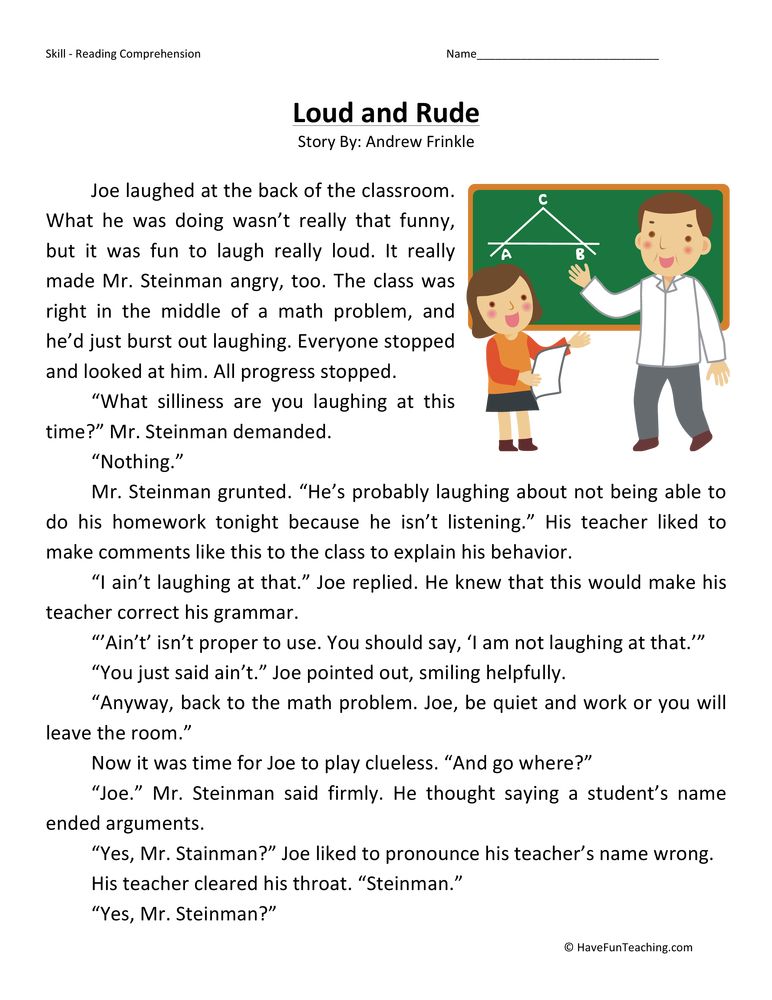
- Using wordless books. There are many wordless books that can be used for sequencing with younger students and with English language learners or students with limited English proficiency. For younger students, Pancakes for Breakfast by Tomie dePaola, which humorously details a woman making pancakes from scratch, or the wordless adventures by Mark Newgarden about a small dog named Bow-Wow (e.g., Bow-Wow Bugs a Bug) are good options. Books by Barbara Lehmann and David Weisner are helpful for older or more sophisticated students practicing sequencing.
- Using books in translation for picture sequencing activities. Providing English-learners with a copy of the text in their first language allows them to participate in sequencing and demonstrate their understanding of the concept and the content.
- Modeling sequencing with a smaller group of students using a familiar book with a very clear narrative structure to help students understand each story component.
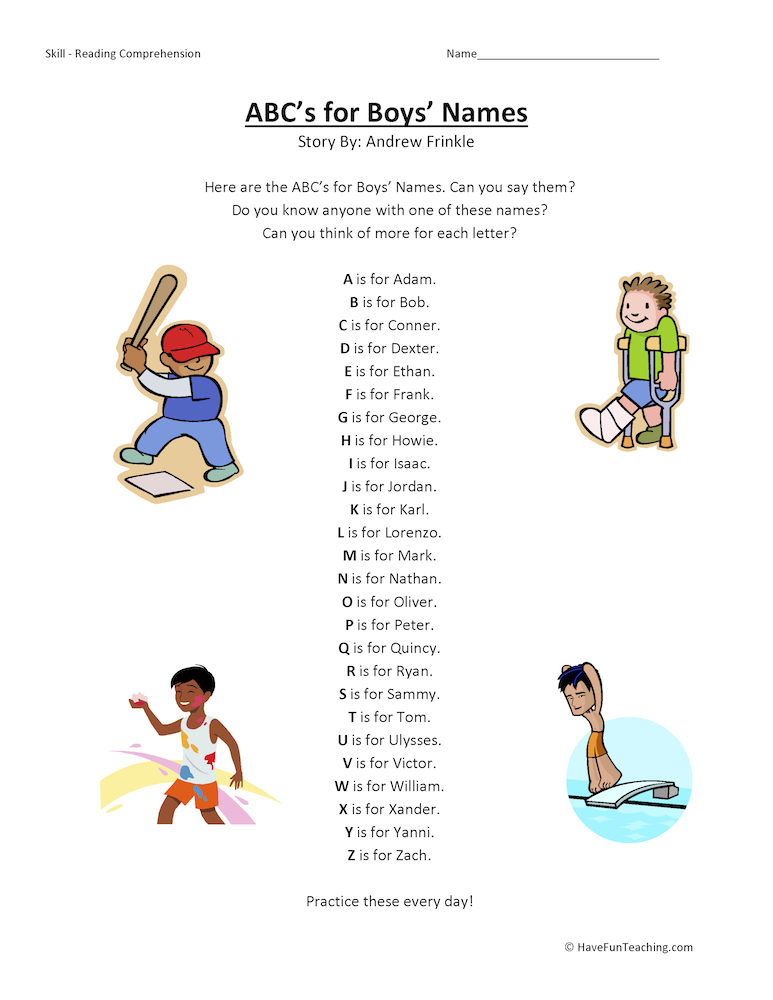
Extend the learning
Writing
Students can use sequencing words and charts to help them write summaries of texts they have read or heard. They can also use sequencing as a pre-writing technique for planning their own writing or use a sequencing word anchor chart as a writing tool.
Math
Most math curricula include worksheets on ordinal numbers (first, second, third, etc). You can support students’ sequencing ability by encouraging the use of vocabulary words such as "What bead goes first? Then which bead? Which bead is third?" Encouraging students to write out the steps for solving addition and subtraction problems that include regrouping is an excellent way to have them think through the steps in a logical order.
Science
Scientific inquiry also develops sequencing skills. In order to study or observe changes in something, students must follow along and record, in sequential order, what they notice. Students can document their observations by writing or drawing.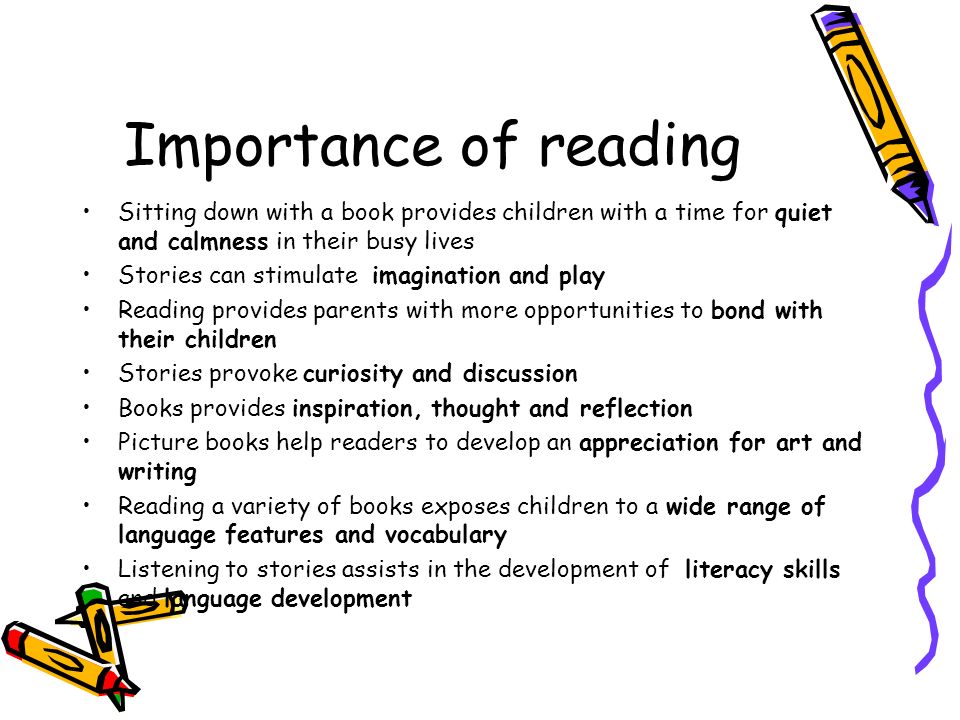
Social Studies
Timelines are a great way to teach sequence in social studies. Students may enjoy making a timeline of their own lives, including important milestones such as when they learned to walk or talk or when they first wrote their name or rode a bike. Once students understand the process of charting important milestones on a timeline, topics from the social studies curricula can be used. Try this printable timeline template.
Other ideas for sequencing
- Arts and crafts activities. Quilt-making and other arts and craft activities may reinforce the idea of sequencing and also introduce math concepts (measurement, addition & subtraction and basic computation, etc). Alex Henderson’s Kids Start Quilting with Alex Anderson: 7 Fun & Easy Projects Quilts for Kids by Kids, Tips for Quilting with Children provides easy instructions for adults quilting with children.
- Cooking. Cookbooks for children can reinforce math concepts (measurement, etc) and sequencing while making connections to students’ reading.
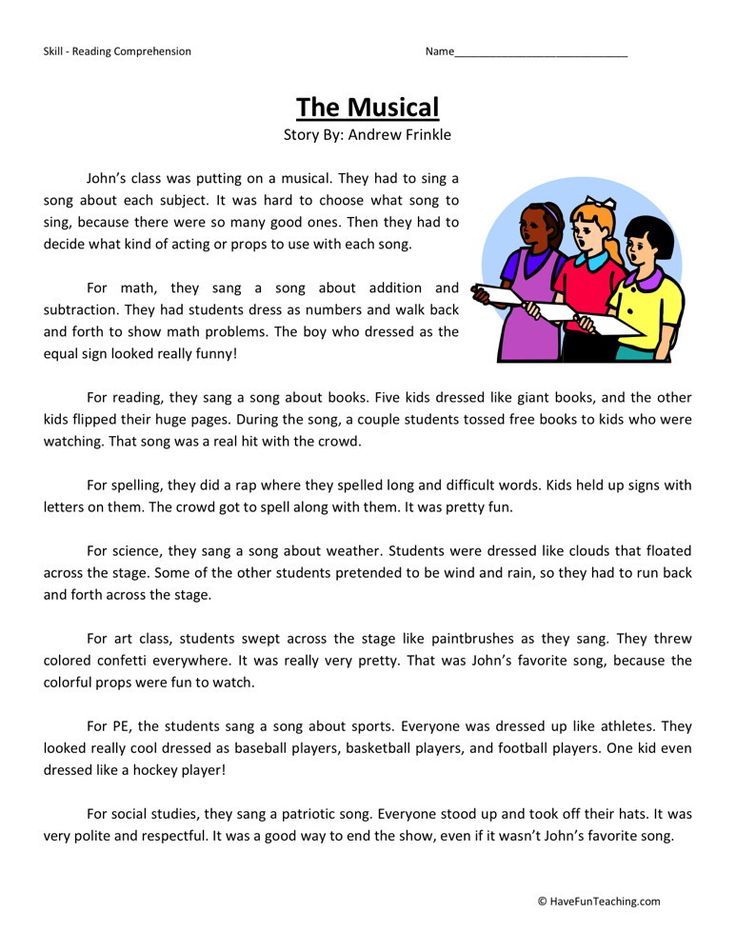 The Little House Cookbook: Frontier Foods from Laura Ingalls Wilder’s Classic Stories by Barbara Walker presents recipes for foods mentioned in the Little House series by Laura Ingalls Wilder.
The Little House Cookbook: Frontier Foods from Laura Ingalls Wilder’s Classic Stories by Barbara Walker presents recipes for foods mentioned in the Little House series by Laura Ingalls Wilder. - Everyday activities. Create a sequence page for a simple activity around the house or at school. Fold a blank piece of paper into squares. Start with 4 large squares. For older students, create more squares. Ask kids to draw the steps they know in the order in which the steps occur. For example, draw each step it takes to make a peanut butter and jelly sandwich or to brush their teeth.
Related strategies
See the research that supports this strategy
Moss, B. (2005). Making a case and a place for effective content area literacy instruction in the elementary grades. Reading Teacher, 59, 46-55.
Reutzel, R. (1985). Story maps improve comprehension. Reading Teacher, 38, 400-404.
Children's books to use with this strategy
Who Sank the Boat?
By: Pamela Allen
Age Level: 6-9
Reading Level: Independent Reader
Slightly more sophisticated readers will enjoy how the United States was pieced together as individual states were added. This informative book is illustrated with handsome yet informative quilts.
This informative book is illustrated with handsome yet informative quilts.
The Penny Pot
By: Stuart Murphy
Age Level: 6-9
Reading Level: Independent Reader
Jessie counts her coins in order to have her face painted at the school fair. Coins, counting, art activities, and story combine in one book.
The Keeping Quilt
By: Patricia Polacco
Age Level: 6-9
Reading Level: Independent Reader
A quilt started by the author's great grandmother is passed on through the generations to chronicle and recall the family's history.
Sitti’s Secrets
By: Naomi Shihab Nye
Age Level: 6-9
Reading Level: Independent Reader
An American child initially has trouble communicating with her Palestinian grandmother. Families, family stories, immigration, and communication are among the possible build-outs related to this book.
Nabeel's New Pants
By: Fawzia Gilani-Williams
Age Level: 6-9
Reading Level: Independent Reader
Nabeel's new garment is accidentally shortened too much in this humorous tale told in the style of a folktale.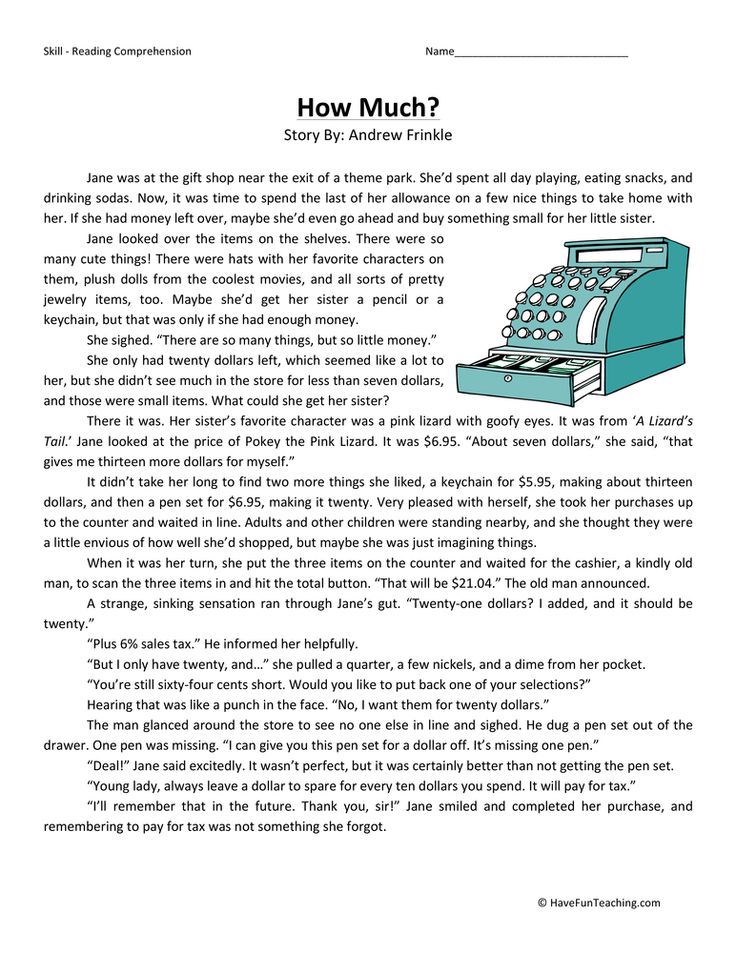
Marianthe's Story: Painted Words and Spoken Memories
By: Aliki
Age Level: 6-9
Reading Level: Independent Reader
A unique format tells the story of a child new to America, its customs, and language. Immigration, communication, and school & teachers are among the possible links to this book.
Great Migrations: Whales
By: Laura Marsh
Age Level: 6-9
Reading Level: Independent Reader
Information is provided through full color photographs and easier to read text.
Benny's Pennies
By: Pat Brisson
Age Level: 6-9
Reading Level: Beginning Reader
A boy has five pennies and spends them one at a time as he meets people during a walk. Told in rhyme, this cumulative story is appealing and well supported by illustration.
Me on the Map
By: Joan Sweeney
Genre: Nonfiction
Age Level: 6-9
Reading Level: Independent Reader
The United States is a big place which holds many children and their families.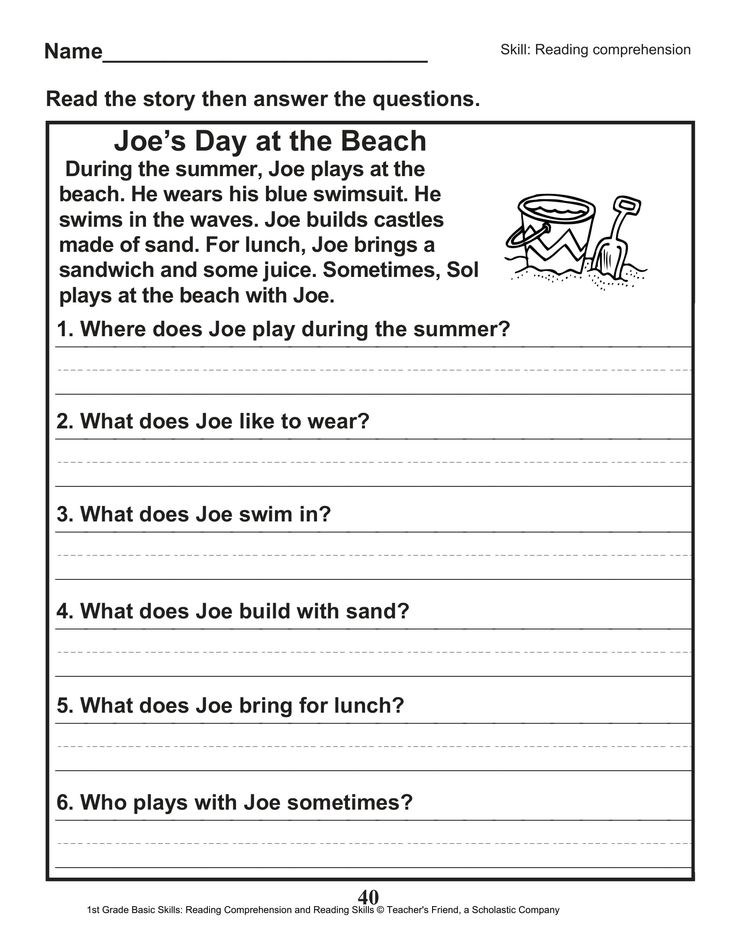 Maps and what they show are introduced by a girl who begins with a drawing of her room in her home. The house is then placed on a street, in a town, etc. until we see the U.S. as part of the world. This accessible book may help children understand their place on the map — and in the census.
Maps and what they show are introduced by a girl who begins with a drawing of her room in her home. The house is then placed on a street, in a town, etc. until we see the U.S. as part of the world. This accessible book may help children understand their place on the map — and in the census.
Rosie's Walk
By: Pat Hutchins
Genre: Fiction
Age Level: 3-6
Reading Level: Pre-Reader
Rosie, a hen, takes a walk — oblivious to the fox that is following her. Rosie unwittingly leads the hungry fox from one disaster to the next until she returns safely home. The simple text notes only Rosie's trip around the farm, making the strong line and bright colors of the illustration all the more striking and very funny.
Owen and Mzee: The True Story of a Remarkable Friendship
By: Isabella Hatkoff, Craig Hatkoff, Paula Kahumbu
Genre: Nonfiction
Age Level: 6-9
Reading Level: Independent Reader
When a tsunami orphans a young hippopotamus, a group of concerned Malidi (on the east coast of Kenya) villagers figure out how to capture the 600 pound baby thus beginning his new life in an animal sanctuary with a new and unlikely companion — a 130 year old tortoise named Mzee.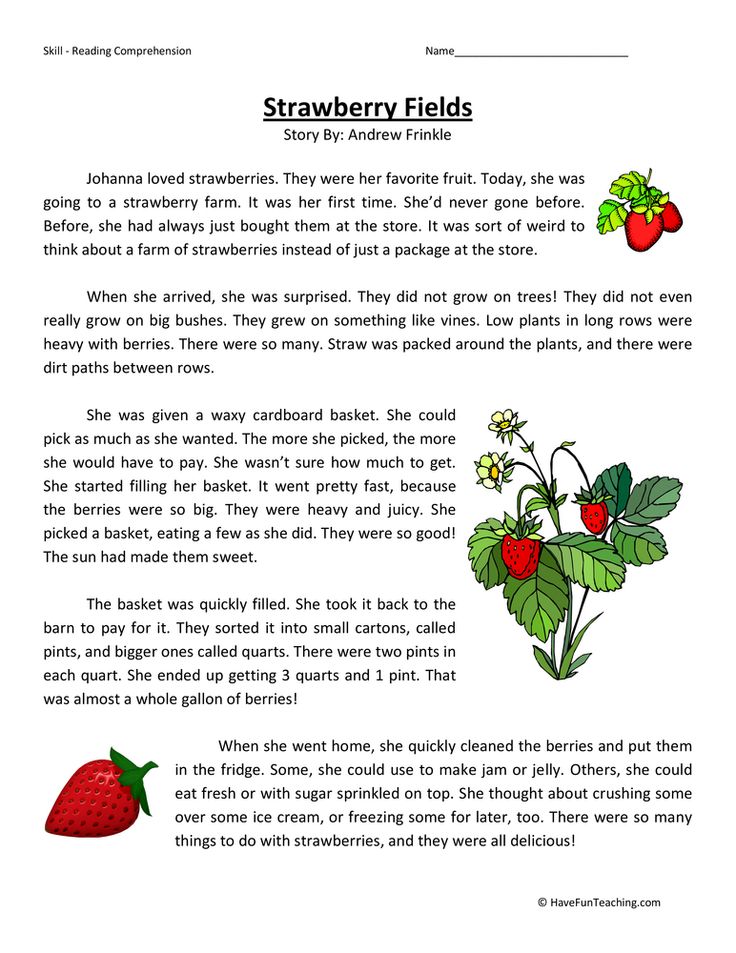 Full color photographs and straightforward text are used in this inspiring, appealing and true story told first by a young girl and her father.
Full color photographs and straightforward text are used in this inspiring, appealing and true story told first by a young girl and her father.
Show Way
By: Jacqueline Woodson
Genre: Historical Fiction
Age Level: 6-9
Reading Level: Independent Reader
Soonie's great grandmother was only seven-years-old when sold to the big plantation. A quilt that showed the way to freedom and chronicled the family's history connects the generations, and continues to do so. Idealized illustrations and the poetic text provide an unusual family story.
Quilt of States: Piecing America Together
By: Adrienne Yorinks
Genre: Nonfiction
Age Level: 6-9
Reading Level: Independent Reader
Quilts, a truly American art form, are used to illustrate each state in the order in which it was admitted into the United States. Short essays written by state librarians provide the story, background, and information about each quilt and state, and are reflected in the handsome, unique, and colorful illustrations.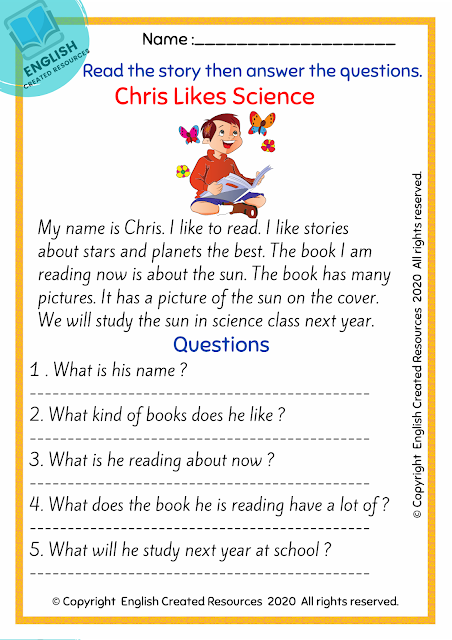
One Is a Snail, Ten Is a Crab: A Counting by Feet Book
By: April Pulley Sayre, Jeff Sayre
Genre: Fiction
Age Level: 6-9
Reading Level: Independent Reader
While you're on the beach, you can count from 1 to 10 by feet — combining numbers of feet and then multiplying them all the way to 100, which is ten crabs … or 100 snails if you really count slowly! Colorful, bug-eyed, cartoon-like critters further enliven this jaunty approach to numbers.
7 books to develop reading skills
Child development
7 books to develop reading skills
August 10, 2018 9 201 views
Irina Karneeva, child psychologist
Learning to read is a big job for every kid. Just as important and just as difficult a skill as learning to walk. The process of reading in itself is not simple and consists not only of technique, but also of the ability to perceive meaning and plot. And this also needs to be learned.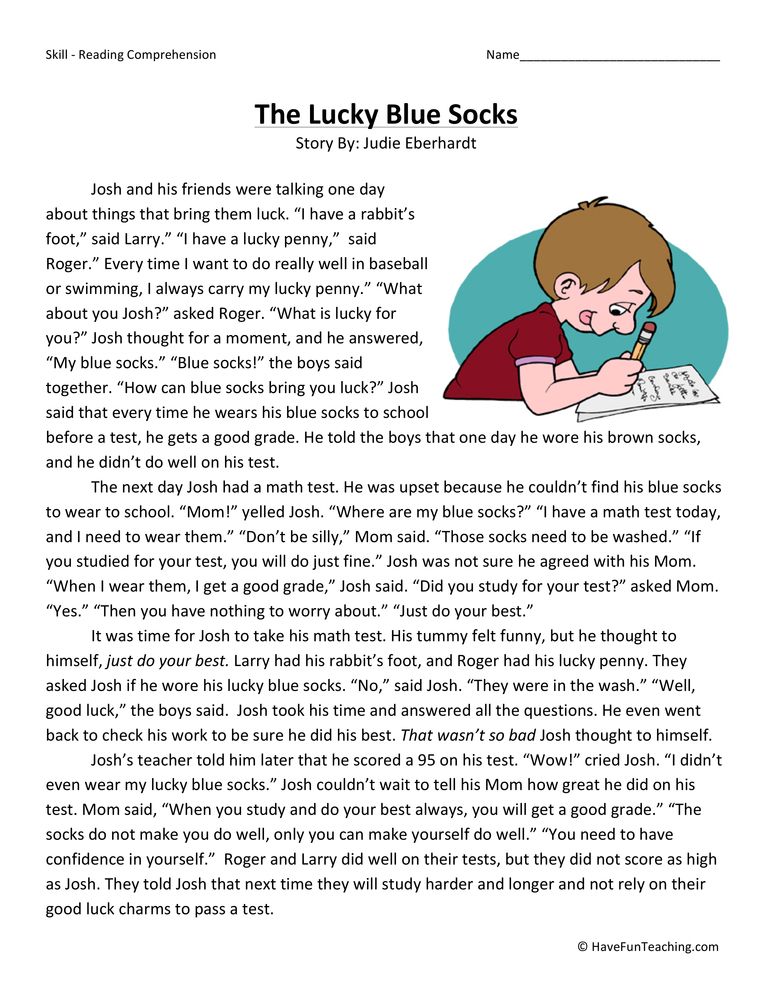
When reading, we use a combination of several senses at once: vision (we see what we are reading), hearing (we mentally pronounce and hear what we read), touch (we feel a book in our hands, follow the plot, lead with our eyes finger sliding across the page). And each of these components is a full-fledged participant in the reading process and a skill that needs to be developed in a child from a very young age.
In this article, we have collected 7 books, each of which will help your child learn to read step by step and make the complex learning process itself incredibly interesting.
This is a toy book, so it is good for little ones. Each page, made of thick cardboard, contains a piece of the puzzle. An adult reads a poem aloud, and a child puts together a puzzle, finding the right picture. Perfectly develops visual-motor (visomotor) coordination, which is one of the complex cognitive abilities, especially important for the normal development of the child and, in the future, for successful schooling.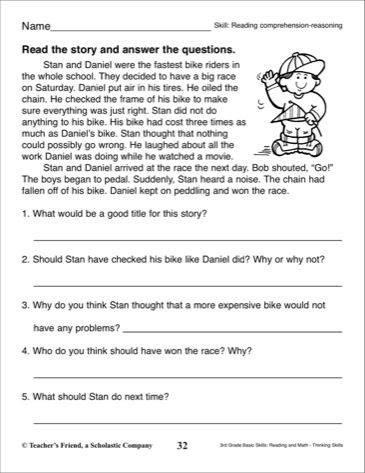
It is perfect not only for the first acquaintance of the baby with the book, but also will become an assistant in the next stages of the development of reading skills. This is a kind of classic reader of fairy tales for the little ones, the first cognitive information about the world around. All the main characters are animals, and the stories are based on how the baby's day goes. And this book will also help you remember numbers and letters, as well as learn to distinguish them in the text.
This book will help your child see what a story is. A series of comics about baby Bobby and his dog Bill is perfect for developing the perception of stories through illustrations and by ear if adults read it to a child.
The child will be able to read the comic on their own at later stages. And funny illustrations are a great reason to come up with your own story for each spread with pictures, or even a new story for the whole book.
A wonderful poem that is easy to learn by heart. The child will be able to reproduce the text from memory, looking at the illustrations, and the small format of the book is convenient for the baby's hands. The illustrations in the book are great for developing the imagination: you can create countless stories with your parents.
The child will be able to reproduce the text from memory, looking at the illustrations, and the small format of the book is convenient for the baby's hands. The illustrations in the book are great for developing the imagination: you can create countless stories with your parents.
Tatyana Russita's series of sets for the first independent reading was created especially for the youngest readers who have just learned how to add syllables, but it is still incredibly difficult for them to read.
In each set, which differ from the other in complexity - the number of letters in words - 8 small books. The set includes stickers with the important word "Read" that turn the reading process into an exciting game and give you a reason to be proud of yourself. Read a book - put a sticker on it! And read, read on!
A comic that is fun to read with children. 14 short stories are perfect as a bedtime story. Each story in the book can be turned into your own by developing the imagination and writing the adventures of the prince and princess from the comic book pictures.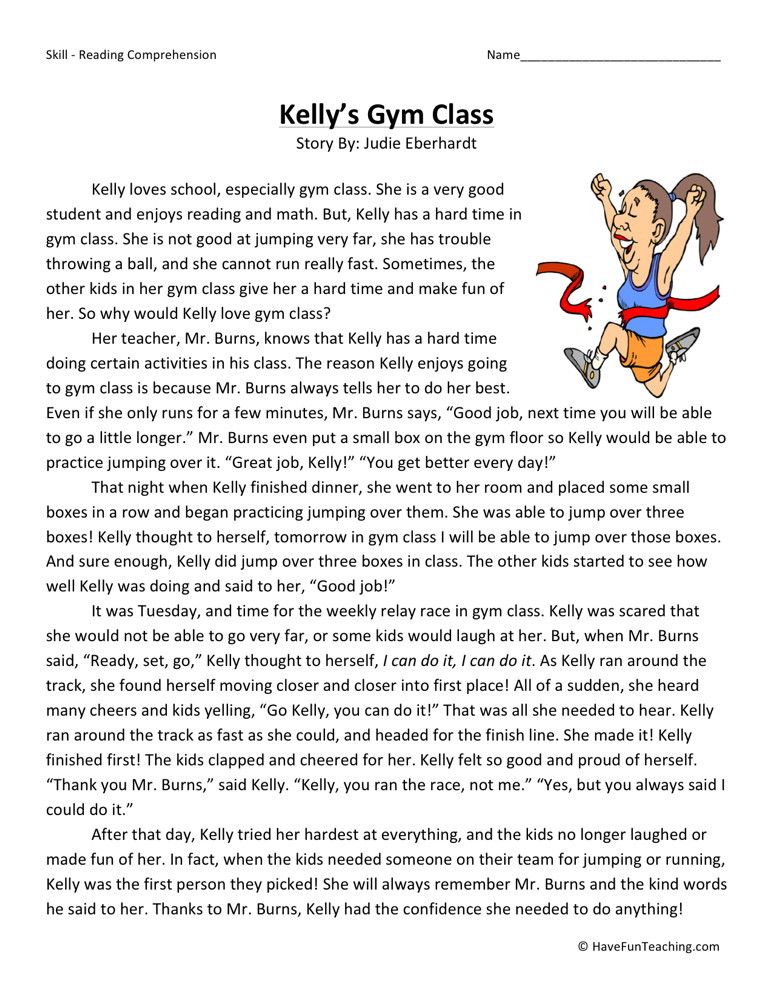
And it's also a whole quest: look at the pictures and find more and more details.
A series of comics about the girl Hilda and her adventures in Trollberg will be interesting not only for children, but also for adults.
This is an exciting family reading and the case when books become a hobby for both parents and children. For independent reading, the series is suitable for children who have already learned to read in short phrases and sentences.
Even more books that will help grow a real reader, you can find on the page of our educational marathon "Children Read".
Follow our marathon on @mifcomics and @mifdetstvo, participate in live streams with experts and grow new reading fans!
Developing reading and coherent speech skills 4-6 years old (Elena Bortnikova)
139 ₽
+ up to 20 points
Rewards program
The total amount of bonuses may differ from the indicated one if discounts are applied to the order.
Buy
The price on the site may differ from the price in the chain stores. The appearance of the book may differ from the image on site.
Not much left
Available in 105 stores. See on the map
5
The price on the site may differ from the price in the chain stores. The appearance of the book may differ from the image on site.
The book "Development of reading skills and coherent speech" is intended for children who know all the letters and begin to read.
It is designed so as not to cause a negative attitude towards reading in a child who has just begun to read in syllables, but, on the contrary, to instill in him a love for this activity.
Description
Characteristics
The book "Development of reading and coherent speech" is intended for children who know all the letters and begin to read.
It is designed so as not to cause a negative attitude towards reading in a child who has just begun to read in syllables, but, on the contrary, to instill in him a love for this activity.
Litur
How to get bonuses for product review
1
Make an order in the online store
2
Write a detailed review of 300 characters only for what you bought
3
Wait for the review to be posted.
If he is among the top ten, you will receive 30 Favorite Shopper Card bonuses. Can write unlimited number of reviews for different purchases - we will add bonuses for each one published in top ten.
Bonus Rules
If he is among the top ten, you will receive 30 Favorite Shopper Card bonuses. Can write unlimited number of reviews for different purchases - we will add bonuses for each one published in top ten.